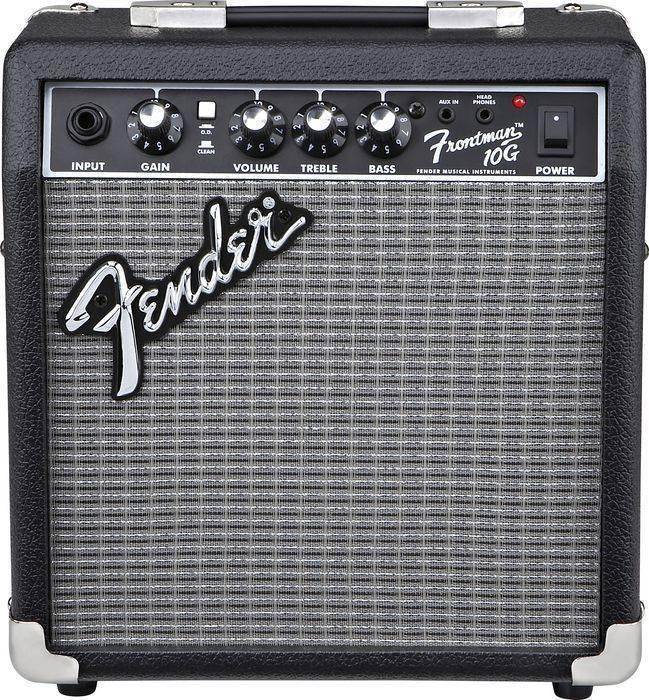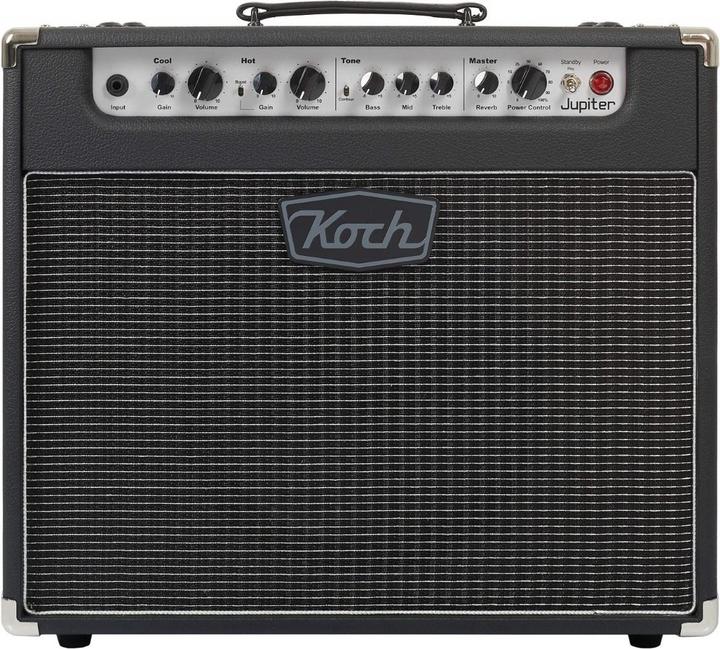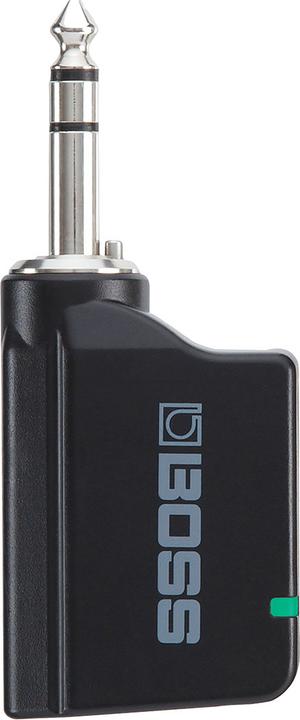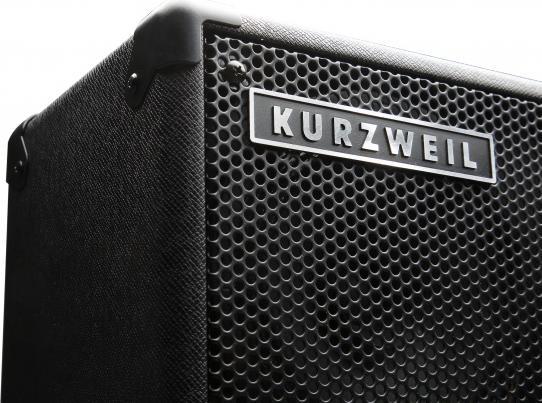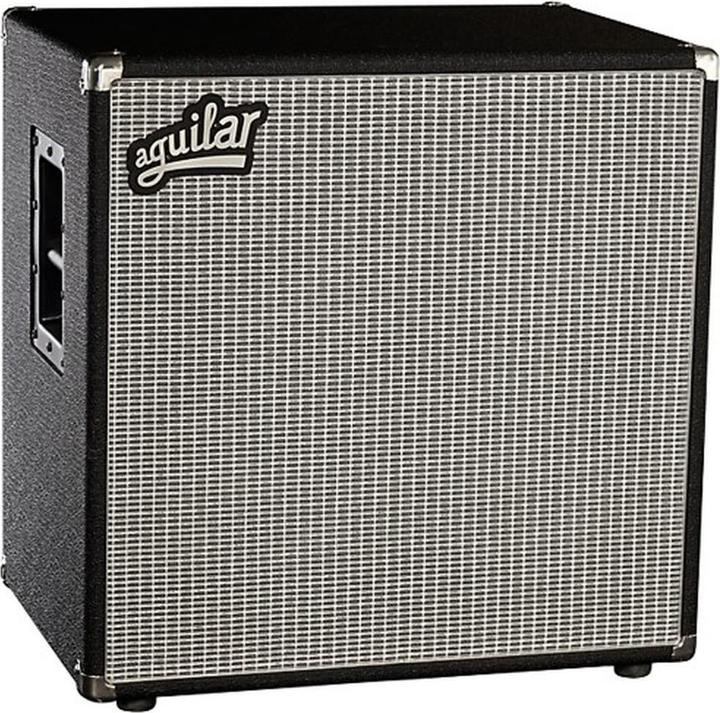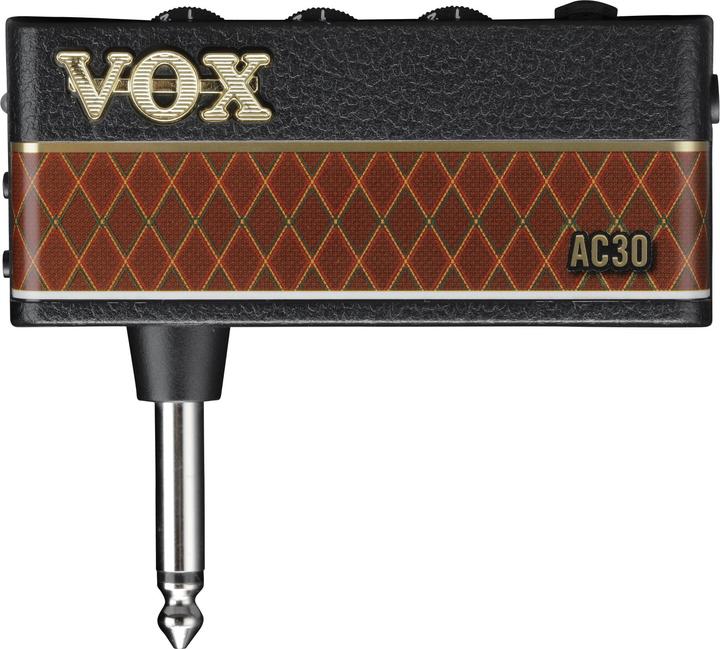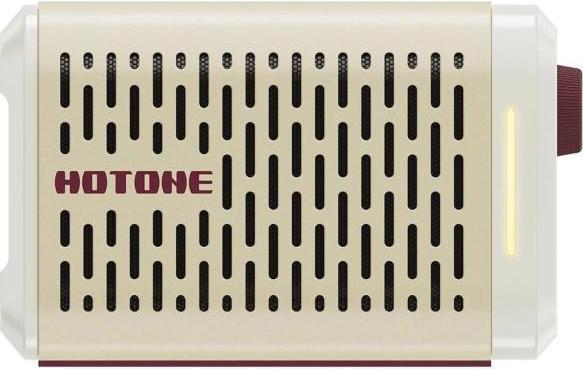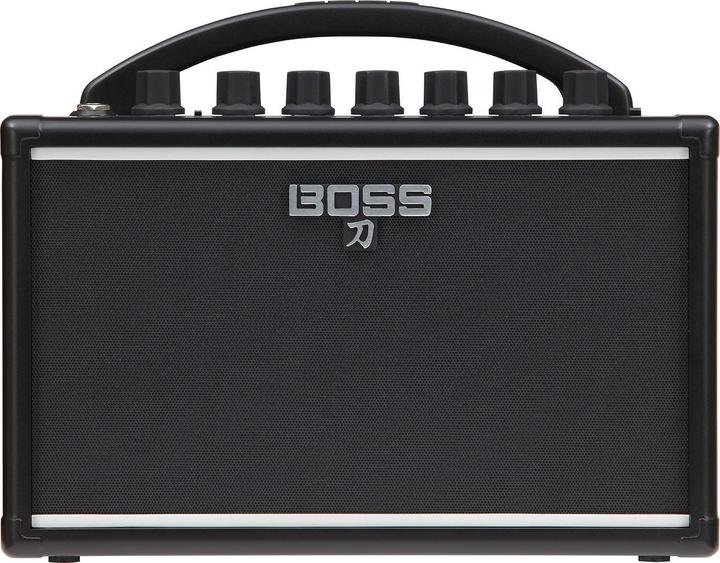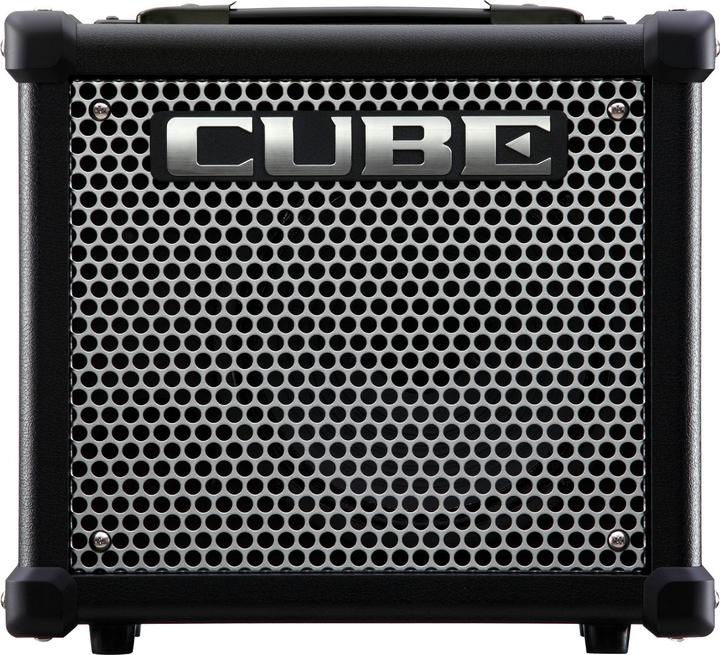
Too Many Amplifiers? Here's How to Choose the Right One
Discover five key factors to consider when selecting the perfect amplifier for your needs.
Last updated 3 days ago. Automatically generated content.
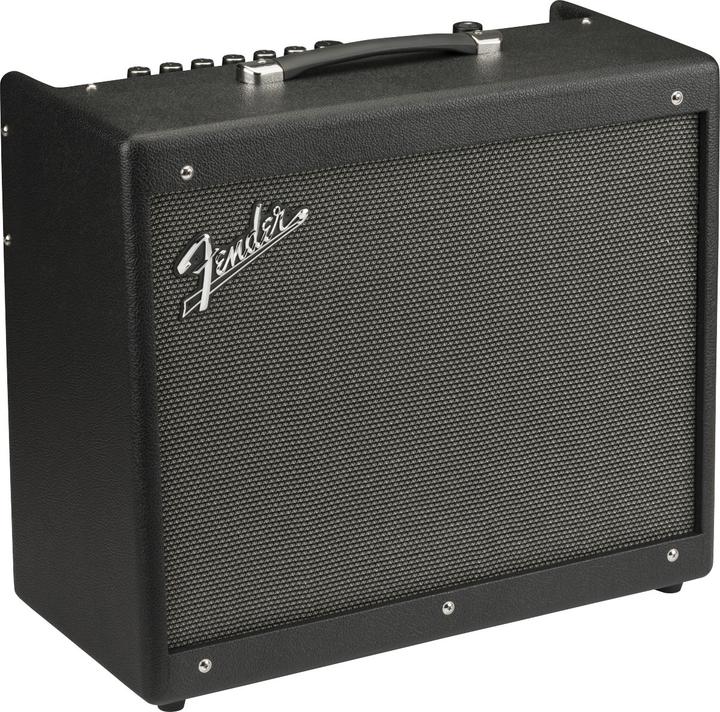

Select options and limit the number of products
Amplifier type determines the method used to amplify sound, affecting tonal characteristics and overall audio performance. Choosing the right amplifier type is essential for achieving the desired sound quality and compatibility with musical preferences.
Popular options (you can select more than one)
Tubes amplifier
Typical price
170.– to 1100.–Uses vacuum tubes to amplify sound, providing warm and rich audio tones.
Ideal for musicians seeking classic, vintage sound quality with natural compression and harmonic distortion.
Bestseller
Transistor amplifier
Typical price
130.– to 360.–Employs solid-state transistors for sound amplification, offering reliability and precision.
Perfect for those who prioritize durability and consistent sound performance, suitable for various music genres.
Bestseller
Modeling amplifier
Typical price
190.– to 460.–Utilizes digital technology to emulate various amplifier sounds and effects.
Great for versatile musicians who want a wide range of tone options without needing multiple amplifiers.
Bestseller
Hybrid amplifier
Typical price
490.– to 1200.–Combines tube and transistor technologies, delivering a blend of warmth and clarity.
Recommended for users who desire flexible sound options and balanced audio characteristics.
Bestseller
Power in amplifiers determines the output volume and sound quality, influencing how effectively it can drive speakers and deliver audio performance. Choosing the right power level is crucial for ensuring optimal audio experience, catering to different room sizes and listening preferences.
Popular options
Up to 20 W
Typical price
110.– to 360.–Suitable for small rooms or personal use, delivering sufficient sound for casual listening.
Ideal for low-power speakers, providing clear audio without overwhelming volume or distortion.
Bestseller
21 - 65 W
Typical price
270.– to 610.–Offers a balanced power level for medium-sized rooms, supporting moderate listening volumes.
Perfect for home use, providing good sound quality and volume for everyday entertainment needs.
Bestseller
66 - 350 W
Typical price
400.– to 890.–High power output suitable for large spaces or high-demand audio setups.
Recommended for audiophiles and professional use, delivering powerful sound with excellent clarity and dynamics.
Bestseller
The tool factor refers to the type of musical instrument an amplifier is designed to complement, crucial for achieving the best sound quality and performance. Selecting the right tool ensures that the amplifier enhances the specific tonal characteristics and dynamic range of the instrument, providing a satisfying audio experience.
Popular options (you can select more than one)
Guitar
Typical price
160.– to 710.–Designed to amplify the wide range of frequencies produced by guitars, focusing on clarity and richness.
Ideal for guitarists seeking enhanced sound quality, allowing for detailed expression and versatile tones.
Bestseller
Bass
Typical price
200.– to 800.–Specialized in handling lower frequencies, delivering deep and punchy bass tones.
Perfect for bassists aiming for powerful and resonant sound, ensuring the bass stands out in a mix.
Bestseller
Keyboards
Typical price
270.– to 400.–Engineered to accommodate the broad frequency range of keyboards, from deep bass to bright treble.
Recommended for keyboard players desiring balanced amplification, capturing the full spectrum of their instrument's sound.
Bestseller
The type of amplifier affects its portability, sound output, and suitability for different venues and musical styles. Selecting the right type ensures optimal sound quality and convenience based on your specific performance needs.
Popular options (you can select more than one)
Combo
Typical price
200.– to 680.–Integrates amplifier and speaker in one unit, simplifying setup and transport.
Ideal for small gigs or practice sessions, offering convenience and ease of use without compromising sound quality.
Bestseller
Cabinet
Typical price
360.– to 940.–Separate speaker unit designed to connect with an amplifier head, providing a larger sound output.
Suitable for larger venues or professional performances, offering flexibility in sound projection and customization.
Bestseller
Portable
Typical price
85.– to 290.–Compact and lightweight design for easy transport and setup.
Perfect for musicians on the go, enabling practice and performance anywhere with minimal hassle.
Bestseller
Pedal
Typical price
100.– to 240.–Compact amplifier integrated into a foot pedal, allowing control over sound effects.
Ideal for guitarists seeking versatility and quick sound adjustments during live performances.
Bestseller
Selecting the right amplifier brand is crucial as it affects sound quality, durability, and technological features. Renowned names like Marshall and Vox offer distinctive tonal qualities and build, catering to both beginners and professional musicians alike.
Popular brands (you can select more than one)
BOSS (Electronics)
Famous for durable, reliable amplifiers with versatile sound shaping features.
Ideal for musicians seeking robust performance and portability.
Bestseller
Marshall Amps
Legendary for classic rock tones with powerful sound and distinctive design.
Perfect for musicians aiming for vintage warmth and stage presence.
Bestseller
Vox
Renowned for its unique chime and British sound, beloved by iconic artists.
Offers excellent clarity and is suitable for both studio and live performances.
Bestseller
Blackstar
Known for innovative designs with a wide range of tonal options.
Great for guitarists looking for flexibility across various music genres.
Bestseller
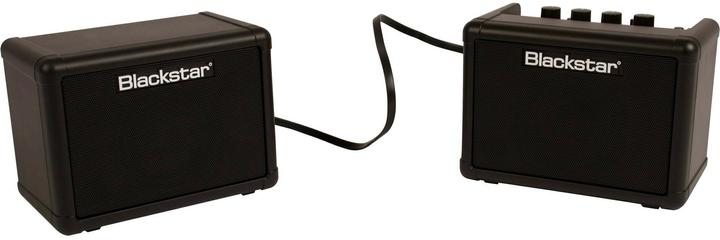
Blackstar Fly 3 Stereo Pack (1x active, 1x passive auxiliary speaker)
Guitar, 3 W
Roland
Pioneers in digital amplification, providing clean and precise sound.
Ideal for musicians who require reliability and advanced features in compact sizes.
Bestseller
